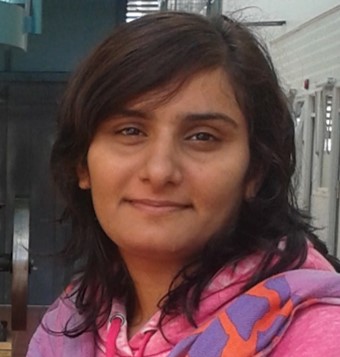Om avhandlingen
 PSCs have recently shown tremendous research interest due to their remarkable PV performance reaching up to 22% power conversion efficiency (PCE) in merely five years.
PSCs have recently shown tremendous research interest due to their remarkable PV performance reaching up to 22% power conversion efficiency (PCE) in merely five years.
Coupling of PSCs with crystalline silicon solar cells in a tandem geometry is considered a novel approach in order to reduce the overall cost of energy generation (cost-efficiency balance) and to enhance the PCE. Another potential market advantage of the PSCs is the deployment of flexible PV technology.
By considering its properties of being lightweight, low-cost, flexible and thin, would make it easy to integrate on any surface (e.g. building integrated photovoltaics (BIPV), automotive integrated photovoltaics (AIPV)) or structure (either curved, rigid, or flexible) and even in portable and indoor electronics.
The research work presented in this thesis is mainly focused on the improvement of the perovskite morphology, perovskite pore-filling and the role of selective contacts (compact and nanostructured) on the photovoltaic (PV) performance of the perovskite solar cells (PSCs). To improve the performance of PSCs, the perovskite morphology is improved via incorporation of additives (DI-H2O) or anti-solvent (Toluene) treatment method.
The role of selective contacts is significant for the stability and performance of PSCs. One-dimensional (1D) nanostructures (nanorods and nanotubes) are used as selective contacts. The healing (recrystallization of perovskite film in methylamine gas environment) process is done for improving pore-filling in 1D nanostructures in order to improve the performance and stability of the PSCs. The effect of low hole mobility on the PV parameters is also investigated. Low hole mobility leads towards lowering the performance of PSCs.